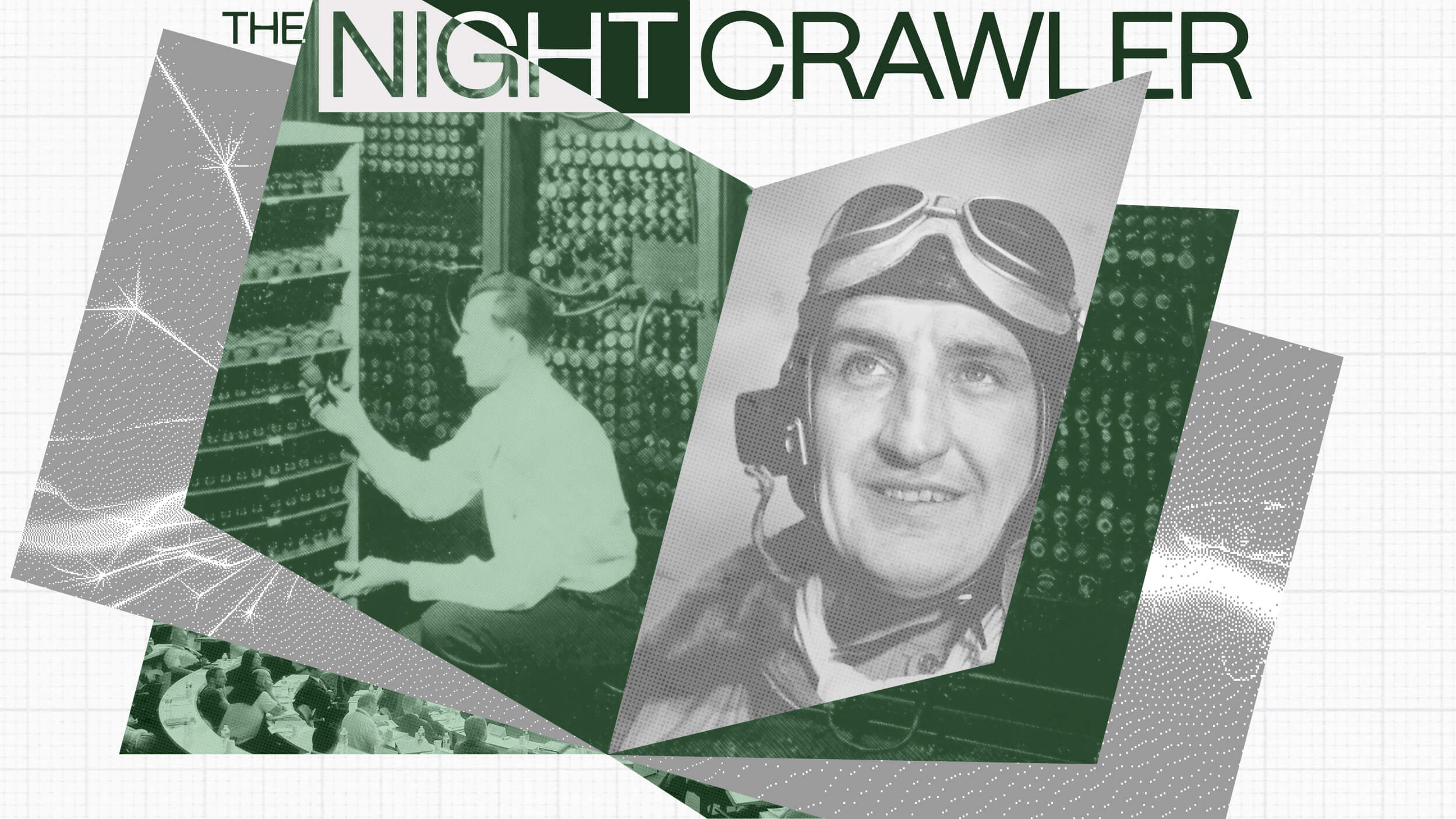Just like the mailer demon (usually spelled “mailer-daemon”) you may have seen pop up on an undelivered email, there are hundreds of other software “demons” that live inside your computer.
Whenever a computer completes an automated task, they are said to be done by computer demons.
These demons are anthropomorphized figures that help computer scientists understand complicated processes, which in turn drives AI forward.
JIMENA CANALES: I started more than a decade ago tracking the references to the word 'demon.' These are creatures that are thought up by scientists in order to push the boundaries of the research, to think beyond what is known. Computers are a great example where I could see where these ideas, you know, these imaginary beings, drove research forward. How do we go from those very first robots to AI? I tried to figure out if scientists own use of the term demon had something to do with what drives people to figure out what part of it can be made real. They're actually building these machines with these powers.
So Laplace's demon was named after Pierre-Simon Laplace, a French mathematician and astronomer. The term 'Laplace's demon' is a retrospective label that was brought up all the way in the 1920s. Laplace called it an "intelligence." Science had made great progress in particular with the laws of motion. We pretty much knew, you know, velocity, time, inertia, mass, and Laplace wondered, 'Well, if you know the laws of motion and you know where every particle in the world is at one time, then you can potentially put those two things together and be able to predict the future- and you can also know the past.' So, a person who knows these two things can potentially know absolutely everything in the world. Laplace's demon was extremely important, and motivated Charles Babbage to create some of the first computers. It inspired Ada Lovelace to actually wonder if one could ever build a computer that could think- maybe we can build a computer that's practically indistinguishable from a human.
'Searle's demon' is a fascinating creature; termed in the 1980s, named after Berkeley philosopher John Searle. And the question was: Could there be a little creature sitting inside your brain, intercepting synapses from neurons to neurons? And he would sit in the middle of two neurons, and you would have an idea or a synapse, and the demon would take it and send it to another neuron. But this demon would do exactly what you would anyway. So if that demon could exist, then that was used as an argument by some people to argue that you could have artificial intelligences that were no different from human, biological intelligences because you could have at the very basis of thought, this very simple, machinic action replicate a human being. Sometimes these demons are spelled with an a, you know, it's 'daemon.'
So one of the persons who wrote the Unix manual, you know, one of the first computer languages, said it was by reference to 'Greek demons'- daemons because they did work behind the scenes. Whenever computers does automatic tasks that are done in the background, they're described as being done by 'computer demons.' The very first architecture that was used to program these machines was called Pandemonium. The word "pandemonium" refers to the fact that whenever one of these demons, these subroutines, would hit a match, it would holler, and it would invoke another demon. That demon was tasked, again, with doing another very simple activity. But therefore, you could have an architecture in which the computer was not following a predetermined path but was by itself, coming up with conclusions that we didn't know beforehand- and that became the foundation for early neural networks and for early artificial intelligence. In computer science, there are all these 'software demons' that have been made by many, many people that have been improved, and that are used for whenever we talk to "Alexa" or "Siri." So, it is a very important aspect of artificial intelligence to look at the history, see how it's actually made, how it is constructed, in order to try to get a hold of it. Artificial intelligence is very frequently described as "demonic," you know, Elon Musk says that it is like 'summoning the demon.' So it's another of those aspects in the book, like atomic energy, where both scientists were literally using the term 'demon' in their actual work, but also understanding these things as having, you know, potentially demonic consequences.
ANNOUNCER: 'Computers can simulate life processes such as the working of the human heart.'
CANALES: So I do hope that by looking again at a very detailed history of artificial intelligence, going back to the 1950s with Turing, and 1960s with Oliver Selfridge, and these creatures that we have always thought of as little entities that can bend or break the laws of nature, continue to be very useful in very common ways in order to push the boundaries of science and technology. By reference to this term, we can get a little bit more of a better grasp to what is it about AI that needs to be be feared, that is sort of demonic, and what about it is part of our tradition of working and building technologies that have the attributes of these creatures that we've always been fascinated with.







